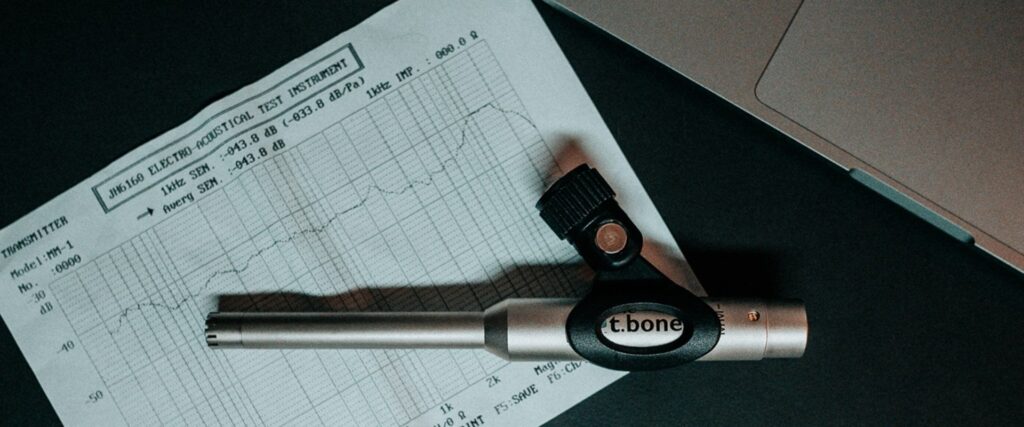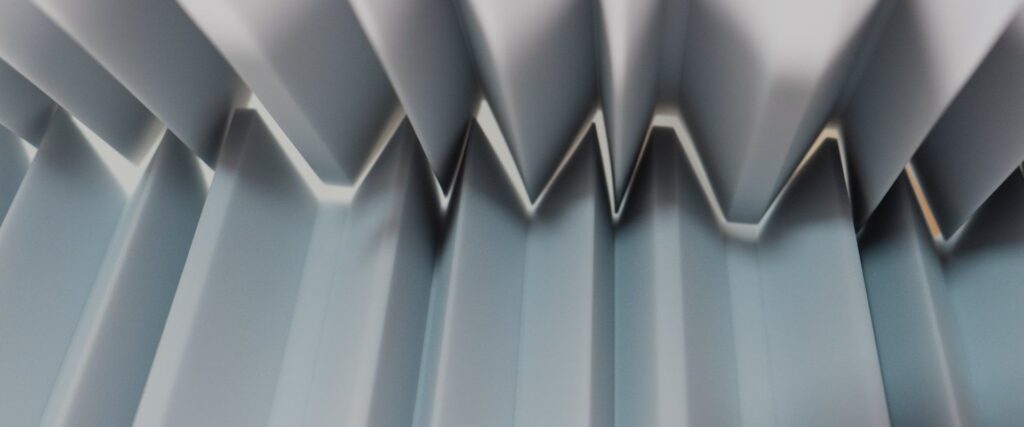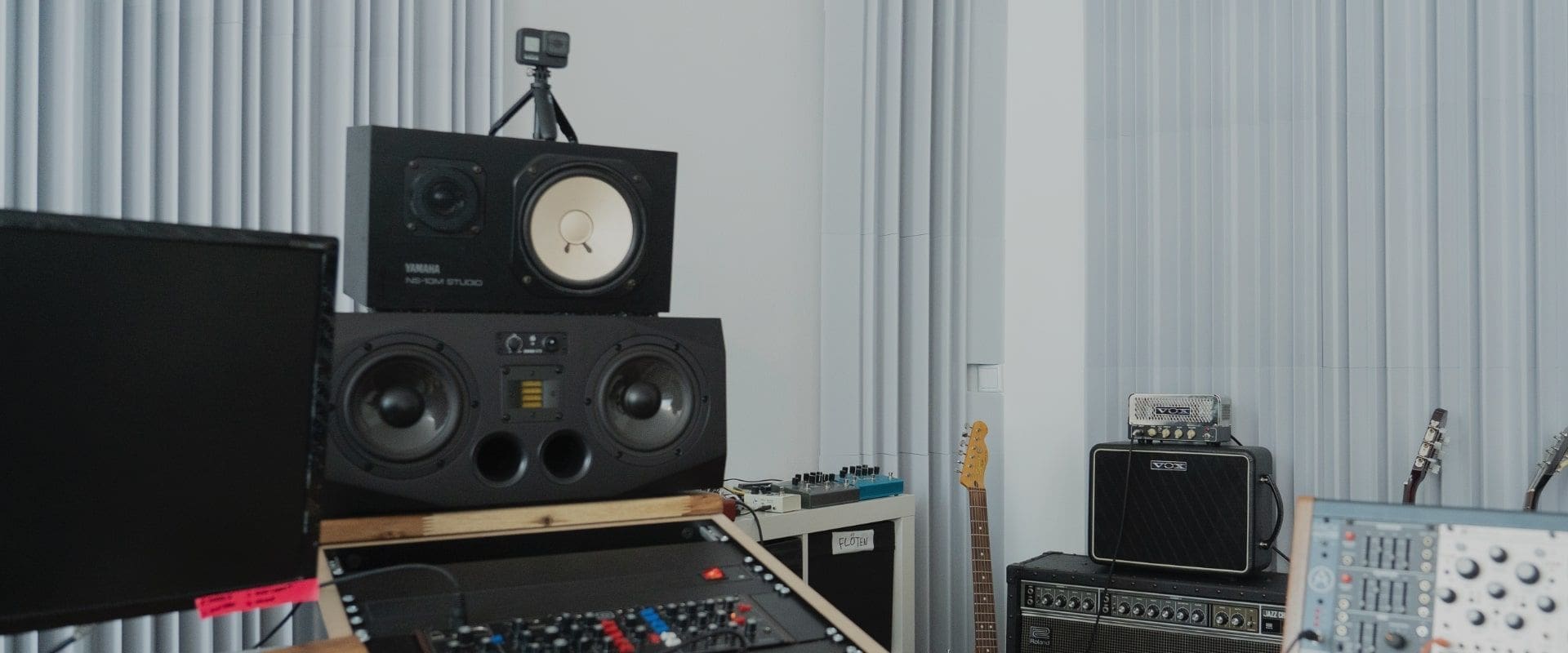
STUDIO MONITORS
For the most part, the speakers used in music production are different from the ones used for pleasure listening. Studio monitors have certain characteristics that differ from their hi-fi counterparts. First and foremost, nearly all modern studio monitors are active (powered) speakers with built-in amplifiers. Most hi-fi speakers are passive and must be connected to an external amplifier.
The requirements for studio monitors are different from hi-fi speakers. In the studio, a linear response and wide frequency range are essential for assessing problems in recordings and mixes. They’re meant for listening work rather than enjoyment. Conversely, the speakers used for hi-fi listening are mainly supposed to “sound good”. Many hi-fi speakers deliberately exaggerate the low frequency range, but fail to accurately reproduce the very low sub bass range. Others have a strong treble range but neglect the “airy” frequencies just below 20 kHz.
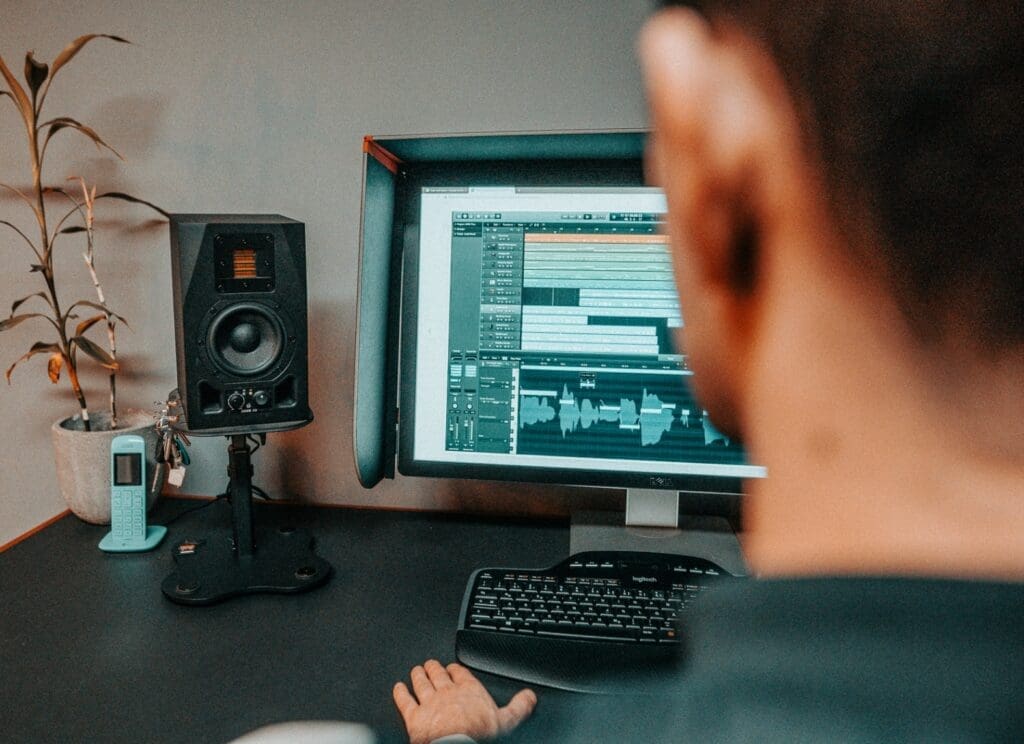

This being said, a completely linear response and accurate impulse reproduction can cause listening fatigue during long sessions. This is why the “sharpness” band is slightly rolled of even in many studio monitors.
The placement and orientation of studio monitors depends on the circumstances and the room. But there are a few simple rules. Firstly, follow the recommendations of the manufacturer to adjust the speaker’s settings. For example, speakers might feature filters for use on a desktop or close to a wall. The most common way to set up studio monitors is the so-called stereo triangle. In this arrangement, the two loudspeakers and the listening position form an isosceles (not just equiangular!) triangle.
It is important to choose monitors that suit the room and speaker arrangement. Near field monitors should not be placed too far from the listening position. Conversely, mid field and far field monitors are optimized for longer distances and placing them too close to the listening position doesn’t make much sense. Loudspeakers are among the most important tools in the studio, so they’re not something you’d want to compromise on.
Furthermore, it always takes a while to get used to new speakers and get to know them. Frequently changing or upgrading monitors isn’t ideal – it’s much better to make a single investment in high-quality speakers! Monitors should offer high power reserves and a wide frequency response. Other criteria are impulse fidelity, stereo imaging, a tight bass response and high detail.
But without good room acoustics, even the best studio monitor cannot live up to its full potential. Uncontrolled early reflections can cause comb filter effects, which can severely impair the listening experience. Avoid this by installing one of our sets for the acoustic treatment of your room: Set finder for studio rooms.
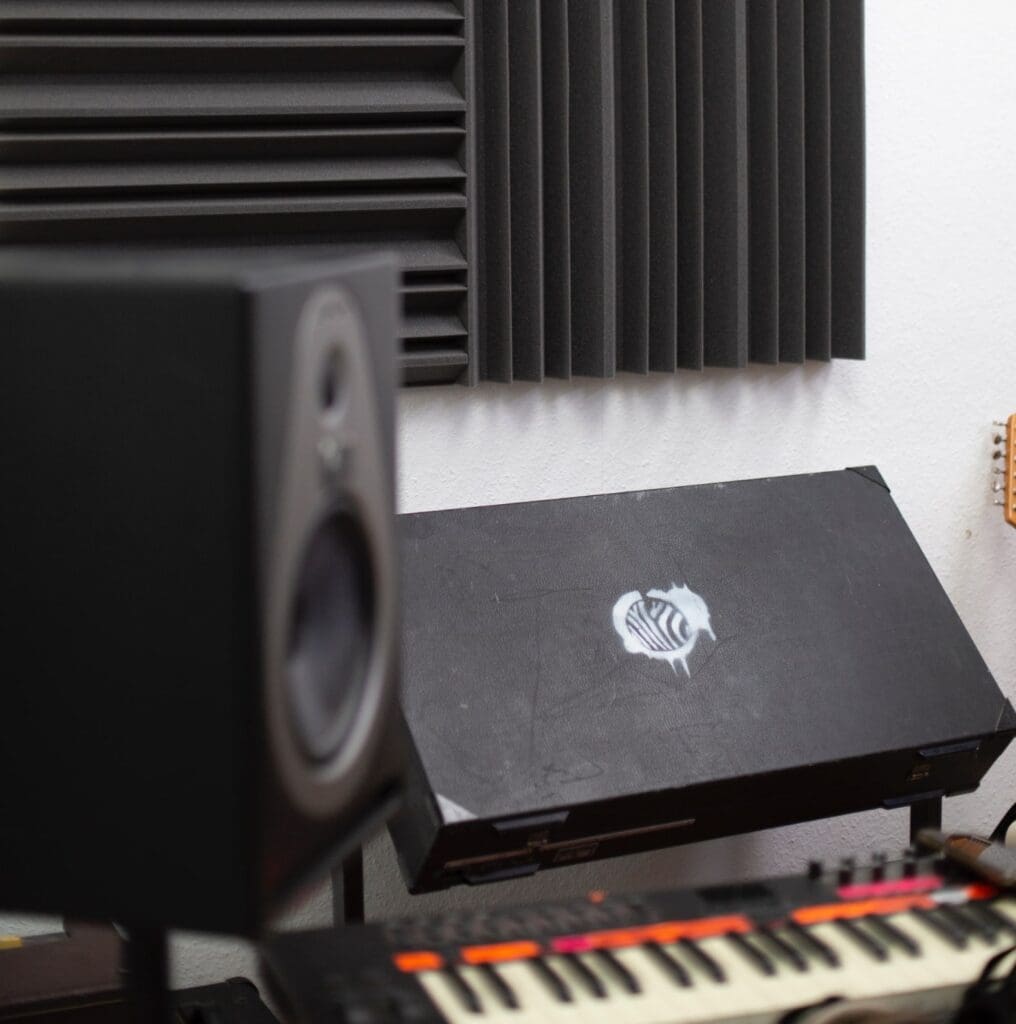
More like this
You need to load content from reCAPTCHA to submit the form. Please note that doing so will share data with third-party providers.
More InformationYou are currently viewing a placeholder content from Turnstile. To access the actual content, click the button below. Please note that doing so will share data with third-party providers.
More InformationYou are currently viewing a placeholder content from Instagram. To access the actual content, click the button below. Please note that doing so will share data with third-party providers.
More InformationYou are currently viewing a placeholder content from Instagram. To access the actual content, click the button below. Please note that doing so will share data with third-party providers.
More Information

